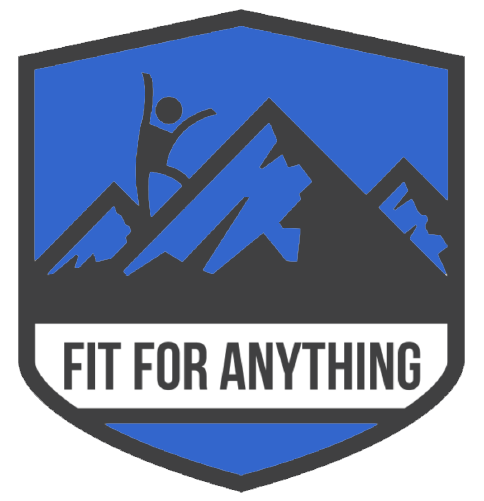Mindset is Key
The biggest deciding factor in how well you come back from an injury is perspective. Keeping a positive mental attitude will overflow into all other aspects of your recovery. It is a challenge, but try to remain patient and keep your eyes focused on the long term. At the same time, it is important that you allow yourself to feel whatever loss you are feeling if goals you had are no longer feasible. Leave old goals in the past for now, and set fresh ones. As you recover, you will need to measure your successes differently, perhaps in minutes instead of miles, in reps rather than weight or even just in turning up to the gym that day. Every journey is personal so don’t make comparisons.
Rest
This can be the hardest part for those who train regularly. Before you get back to training, the first step is healing from your initial injury. Depending on the severity of the injury, this may mean taking some time to completely rest the injured area. This is often the best way to ensure proper recovery. Your doctor who diagnosed and treated your injury should be able to give you a rough timeline of how much rest you need before beginning to use the area again – and begin training again.
Work With, Not Against the Professionals
When working with a professional physical therapist/trainer he or she will be able to guide you throughout your return to training. A physical therapist/trainer knows when to push you and when to pull back, in order to make sure that you have a safe but quick recovery. A physical therapist/trainer can prescribe specific exercises, based on your training level and injury type, which will most benefit you so that you can come back stronger than ever.
One Day at a Time
They say patience is a virtue, but the reality is that having patience is tough! So make it a little easier on yourself by taking it one day at a time. Rather than focus on how much training/rehab and progress you have AHEAD of you, look at what workouts and goals you can achieve for that day or that week. Set mini goals each week with your therapist/trainer and check them off as you achieve them.
Core, Strength and Flexibility
When recovering from an injury, this is the time when details matter. Reduce your imbalances in order to reduce general risk. You are getting the opportunity to come back better and stronger than ever before. Make the most of the time you are not able to train at full capacity by focusing on other areas of weaknesses. Gain flexibility; improve your core and overall strength or low impact exercise such as swimming. These are things you can work on totally separate of your injury. This is your chance to pay attention to all of those small details you haven’t bothered much with before. Not only will this make you feel like you are being productive, but it will also pay off when you are back! By refining your technique as you work your way back into training, you will be stronger than ever.
Set New Goals
Of course it is important to challenge yourself and continue setting new goals for your recovery. However, returning to training after an injury is not a walk in the park. It is going to hurt at times, and you need to listen to your body and know when you are doing more damage than good. Try to “feel” how your body moves, try to exercise to full range of motion, try to address any restriction of movement patterns your body has. Make sure you are paying attention - if you start to notice old injury symptoms or new injury symptoms creeping in, be honest with yourself AND if not sure, consult your physical therapist/trainer! It may mean slowing down your progress. Fast progress is not worth it if it is going to result in a big step back!
Yes, it is hard in the beginning, even those simple warm up exercises and training drills. Remember, thanks to muscle memory, you will be able to get back to strength, and in some cases stronger than before. The first couple of weeks will be rough, but stick it out. Track progression and keep consistency. You will be motivated by the progress that follows!

